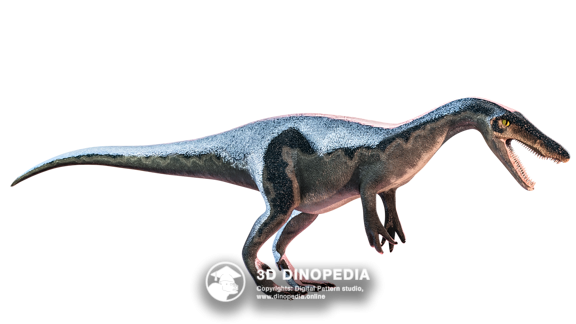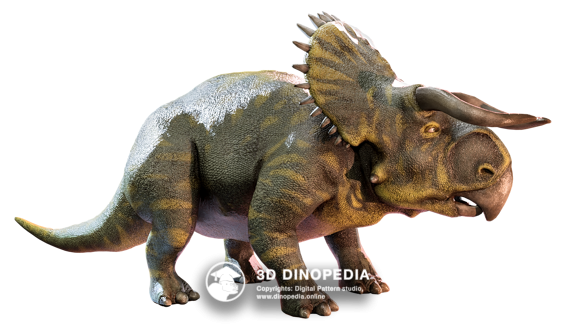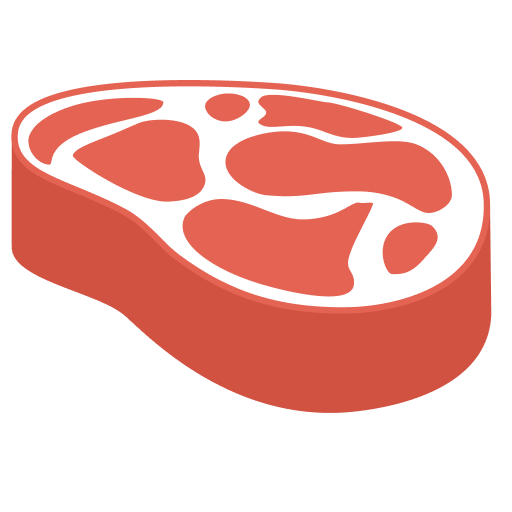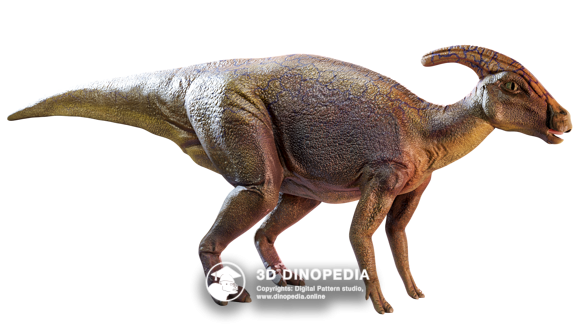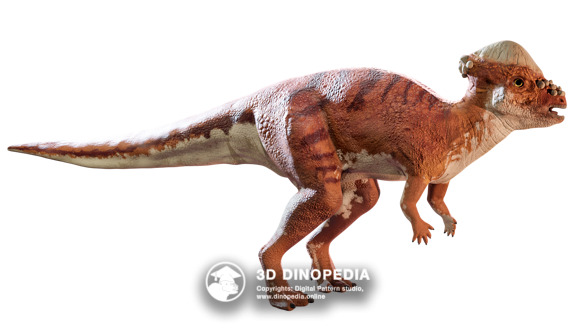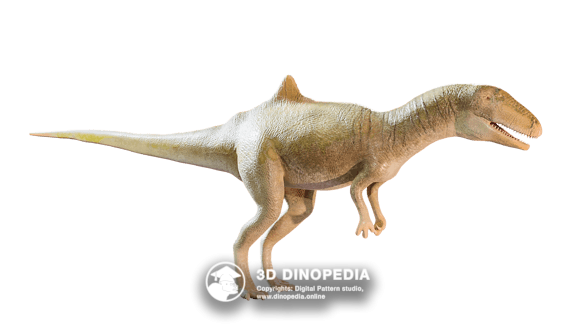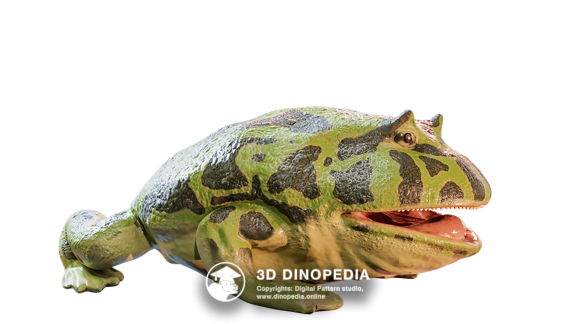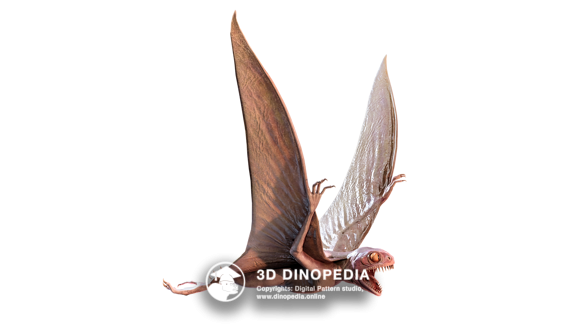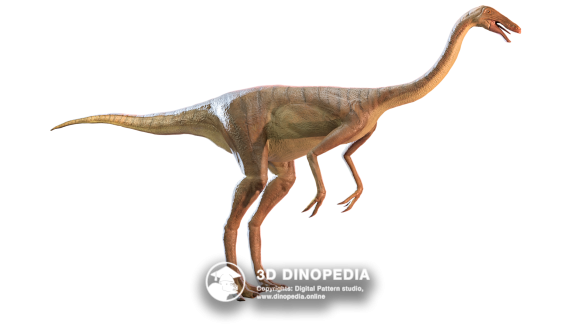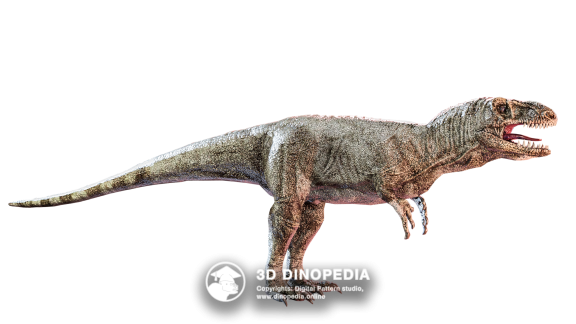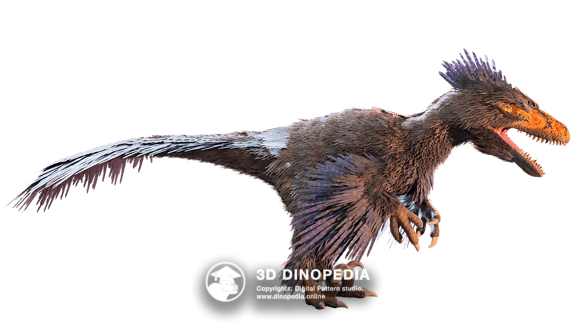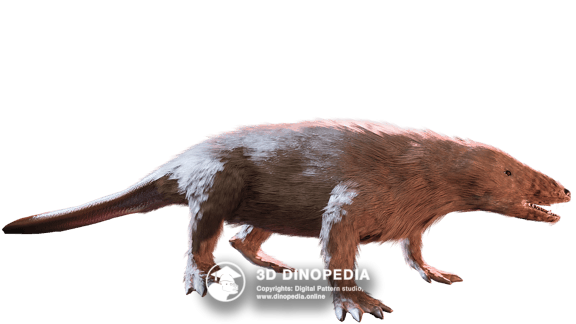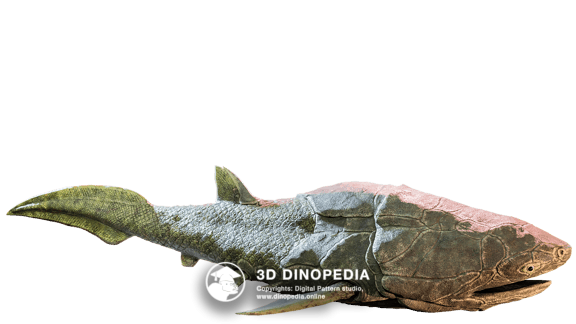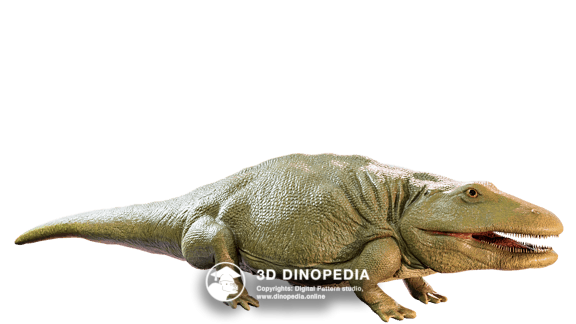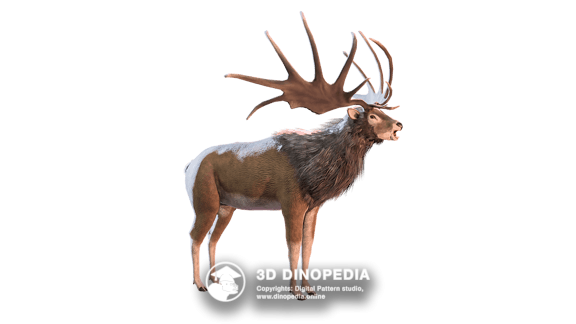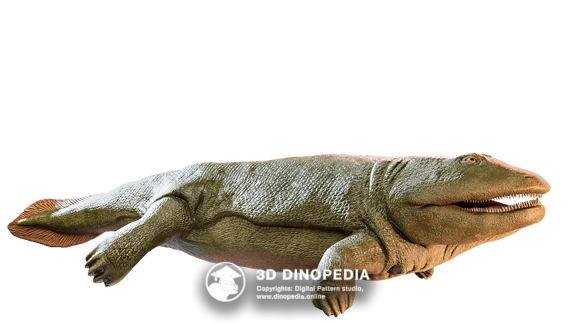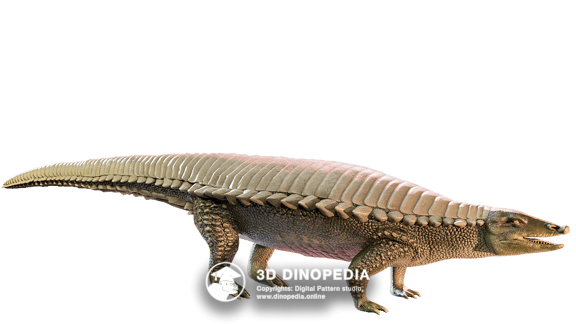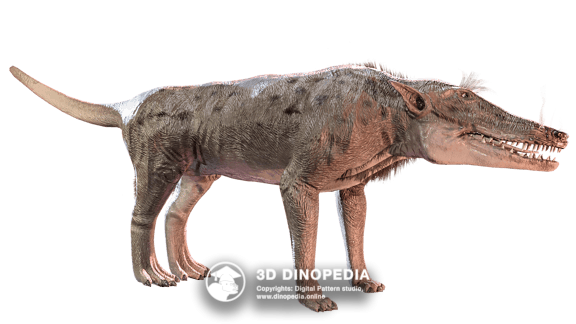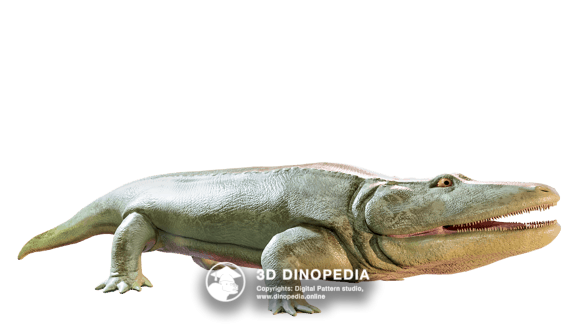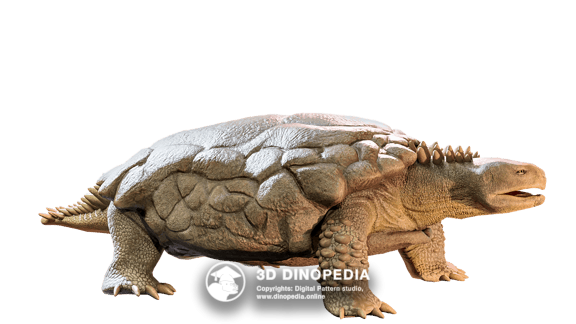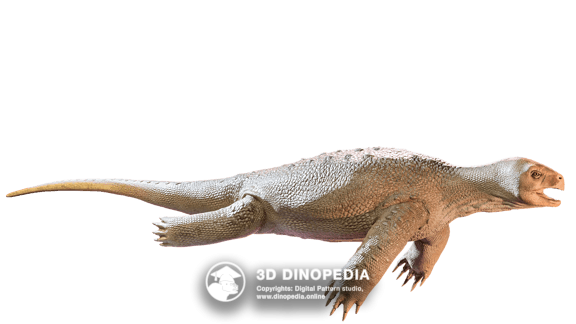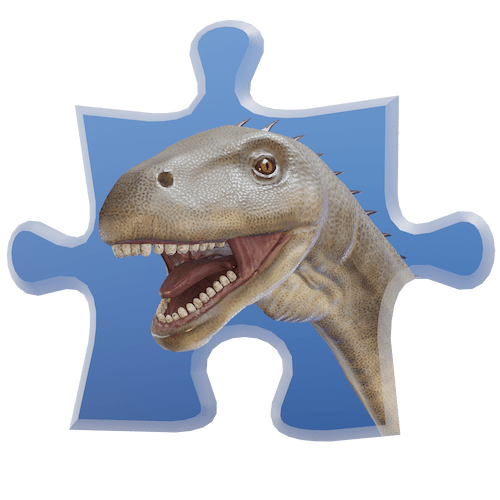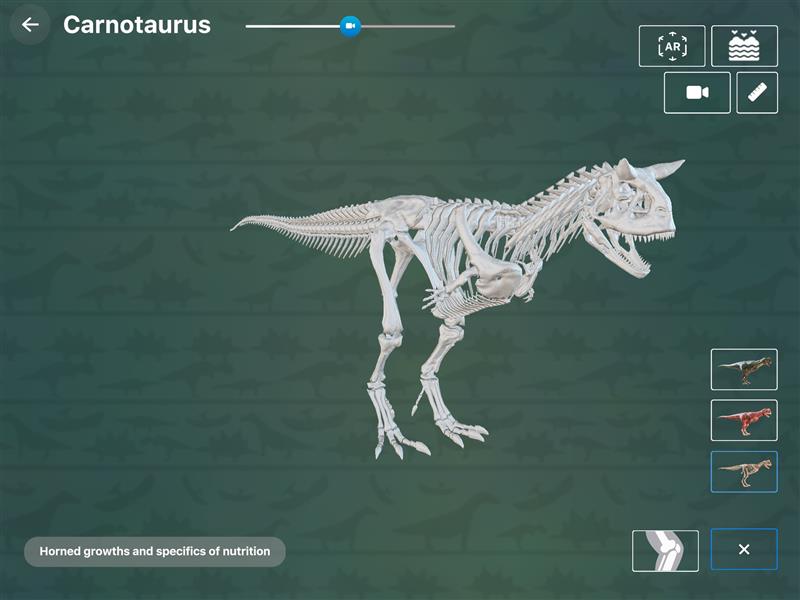Baryonyx

Name meaning:
Heavy claw
Period of life:
130-125 mya
Period:
Habitat:
Floodplains
Taxonomy:
Theropods
Countries:


Baryonyx reached up to 10 meters in length and was armed with meter-long thin jaws with 96 conical and slightly serrated teeth, which were designed to hold a spinner and slippery catch like fish. Its long, narrow snout resembled a fish-eating crocodile. The largest teeth were in the front of the mouth. Nostrils were at a distance from the tip of the snout to breathe when jaws were immersed in water. Scientists still have not come to a consensus on how many legs Baryonyx used for movement. Today, most of them believe that this lizard walked mainly on four legs.
Fossil of baryonyx were discovered in 1983 in the vicinity of London. It was a huge claw, in honor of which the ancient lizard got its name: "heavy claw". It indicates a characteristic feature of this dinosaur: three falculas on the fore legs - two small and one large, which reached 35 cm in length. This was a very effective weapon using which the predator clung and held the victim. In 1986, the lizard was described by paleontologists, after which the skeleton of Baryonyx was mounted in one of the halls of the Museum of Natural History. Since then, scientists have come across only isolated fragments of baryonyx skeletons from the Lower Cretaceous of England and Spain, and traces most likely belonging to baryonics.
Discussions
Other animals
 INTERESTING FACTS
INTERESTING FACTS
 PUZZLES
PUZZLES
 HOME
HOME
 3D MODEL "SKIN"
3D MODEL "SKIN"
 3D MODEL "MUSCLES"
3D MODEL "MUSCLES"
 3D MODEL "SKELETON"
3D MODEL "SKELETON"
 VISION
VISION
 NEIGHBORS
NEIGHBORS
 VOICE ACTING
VOICE ACTING
 AR - MODE
AR - MODE
 GALLERY
GALLERY
 HISTORY OF DISCOVERIES
HISTORY OF DISCOVERIES
